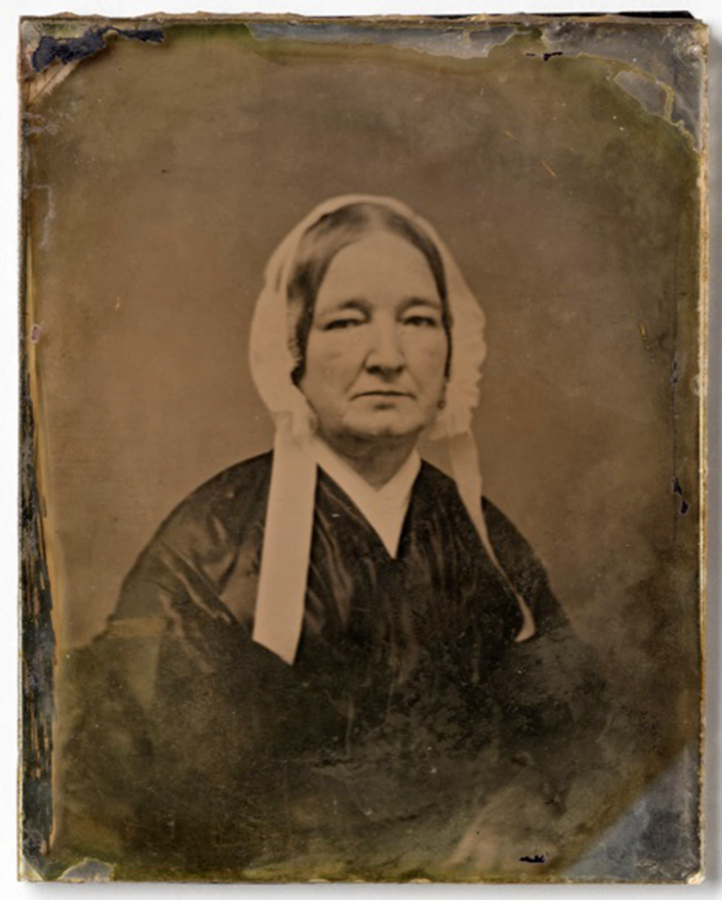In 1841, Pierre-Chrysologue Pambrun arranged for Cornelius Rogers to wed his 15-year-old daughter. Pambrun was the chief trader at the Hudson’s Bay Company’s Fort Nez Perce at Wallula near the Whitman mission. Others didn’t agree.
Possessing prejudices of the era, the mission’s ministers, including Marcus Whitman, contested the pairing. The pastors argued that the French Catholic Maria Pambrun and the Protestant Rogers were ill-suited. After all, Maria was the daughter of a racially mixed couple in a “country marriage” (one of convenience and outside the church). Although she could read, they called her uneducated. The clergy decided these flaws defined her unsuitability. The issue resolved itself when her father fell off a horse and died while riding with her fiancé. Immediately, Maria rejected her father’s bargain.
For years, the Pambrun family traipsed about the Hudson’s Bay Company’s outposts following their father. So, it was easy for the widow Catherine Pambrun, a woman of French and Cree descent, to move Maria and her other children to Fort Vancouver after her husband died. Perhaps as she felt more accepted at Fort Vancouver, living near John McLoughlin and his wife, Marguerite, who was Metis like her.
Catherine and her children stayed in the fort’s bachelor quarters, a longish apartment building housing company clerks, their wives, children and frequently visitors. The residence also held the first lending library in the Oregon Country. She and Maria sustained the family doing fine needlework.
At the fort, Maria met Forbes Barclay, a Hudson’s Bay Company physician, who doctored company employees and villagers living outside the compound. When they married in 1842, she was 16 and he twice her age. Her mother and younger sisters stayed in the compound until 1850.
When the Barclays’ first son, Jean Jacques, was ready for birth, an anxious Forbes asked McLoughlin, also a doctor, to assist. The chief factor declined, saying he would pray instead. Forbes delivered not only his first son but two more: Peter (1847) and Alexander (1849).
Disease or accidents often claimed one or both parents, leaving children without care. So McLoughlin set up an orphan fund to help the children, often offspring of mixed parentage. The Barclays and other Hudson’s Bay Company officers filled their homes with such needy children.
After George Simpson forced his retirement, McLoughlin moved his family to Oregon City in 1846. When the Americans acquired Fort Vancouver in 1850, the Barclays followed with Maria’s mother and her young sisters in tow. The friendship with the McLoughlins was quickly rekindled. Maria bore four more children there. When McLoughlin’s daughter, Eloisa, bore her first child in 1842, she had named Catherine godmother. Later when the Barclays’ daughter, Harriet, was born in 1852, McLoughlin signed her baptismal certificate.
It’s rare to find anything owned by any women of Fort Vancouver. But a purple and copper silk dress worn by Maria survives. Based on the dress, a seamstress guessed her petite size. She stood about 5 feet, 2 inches tall, with a 28-inch waist and a 38-inch bust.
Martin Middlewood is editor of the Clark County Historical Society Annual. Reach him at ClarkCoHist@gmail.com.



